You’ve gazed at the sky, dreaming of piloting an aircraft since childhood. Now, as you’re older and ready to pursue your dream of earning a pilot’s license, you’re likely pondering, “Is It Hard To Fly A Plane?” You’re probably seeking a realistic understanding of the training involved and whether you have the aptitude to master the necessary skills to take to the skies.
Today, we’ll address your questions to help you prepare and make the best decision for your aspirations. Ready to discover if a pilot’s license could be in your future?
Let’s take off!
Table of Contents
- Understanding Expectations
- The Stages of Learning to Fly
- Factors Influencing Flight Difficulty
- Unique Challenges of Learning to Fly
- The Most Challenging Aspect of Flying
- Frequently Asked Questions
Understanding Expectations
Firstly, it’s crucial to recognize that there’s no simple, universally applicable answer to the question of how hard it is to fly a plane. Several variables influence the inherent difficulty, and each pilot’s perception and experience level also play significant roles.
A novice pilot is more likely to describe flying a plane as challenging. Conversely, a seasoned commercial pilot might consider it routine. Furthermore, a private pilot operating from small local airports might find it less demanding than an airline pilot navigating congested airspace and massive international airports.
We will explore the various factors that contribute to the perceived difficulty of flying a plane. This will provide you with realistic expectations and demonstrate how your own perspective on this question will likely evolve with experience and varying circumstances.
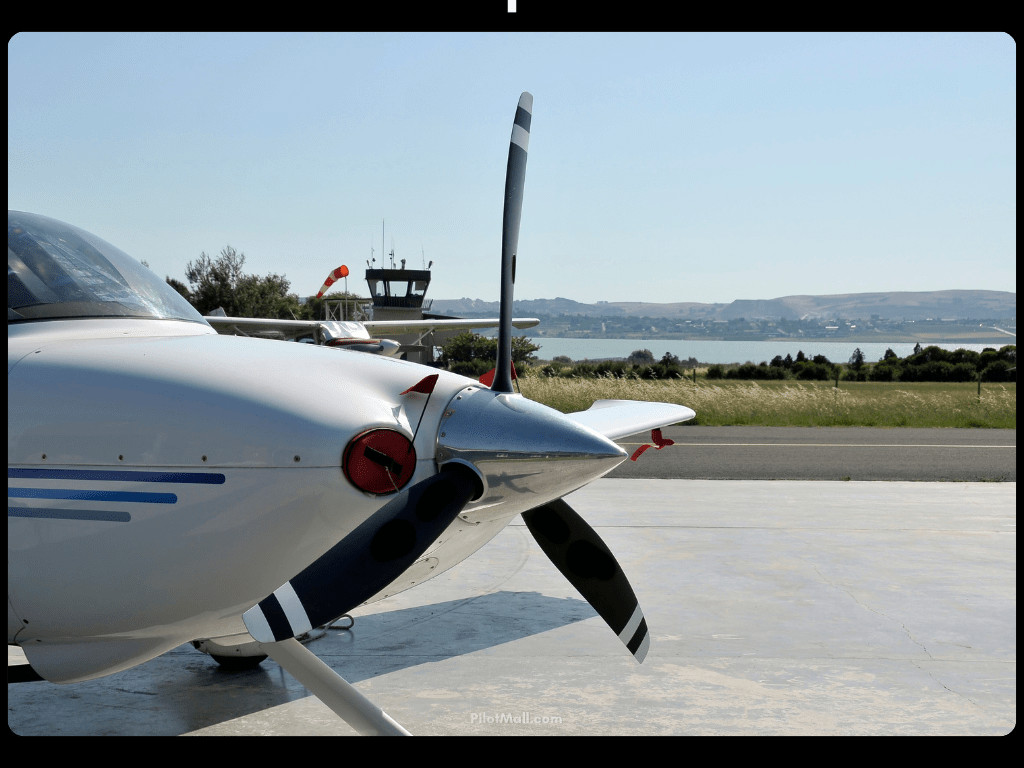 Cessna Propeller with Control Tower in Background
Cessna Propeller with Control Tower in Background
The Stages of Learning to Fly
Like acquiring any complex skill, learning to fly a plane involves progressing through the four stages of learning. Your perception of the difficulty of flying will shift as you advance through each of these stages. Let’s examine what you can expect on this learning journey.
Stage 1: Unconscious Incompetence
Before we even set foot in a cockpit or flight school, we begin at stage 1 of the learning process: unconscious incompetence. At this stage, we are characterized by “not knowing what we don’t know.” We understand we lack the skills and knowledge to pilot an aircraft, but we are not fully aware of the specific nature of our deficiencies and skill gaps.
We might overestimate our natural abilities and believe that learning to fly won’t be overly challenging. In this phase, our optimistic viewpoint might lead us to think that flying a plane is not too hard.
Stage 2: Conscious Incompetence
We take our first flight lesson and open our initial aviation textbooks. As we begin learning, we realize the extent of our current lack of knowledge. We develop a sometimes unsettling awareness of the specific skills and information we need to acquire.
As we become acutely aware of how much there is to learn, our confidence may decrease. “How hard is it to fly a plane?” At this point, it can seem dauntingly and perhaps impossibly difficult.
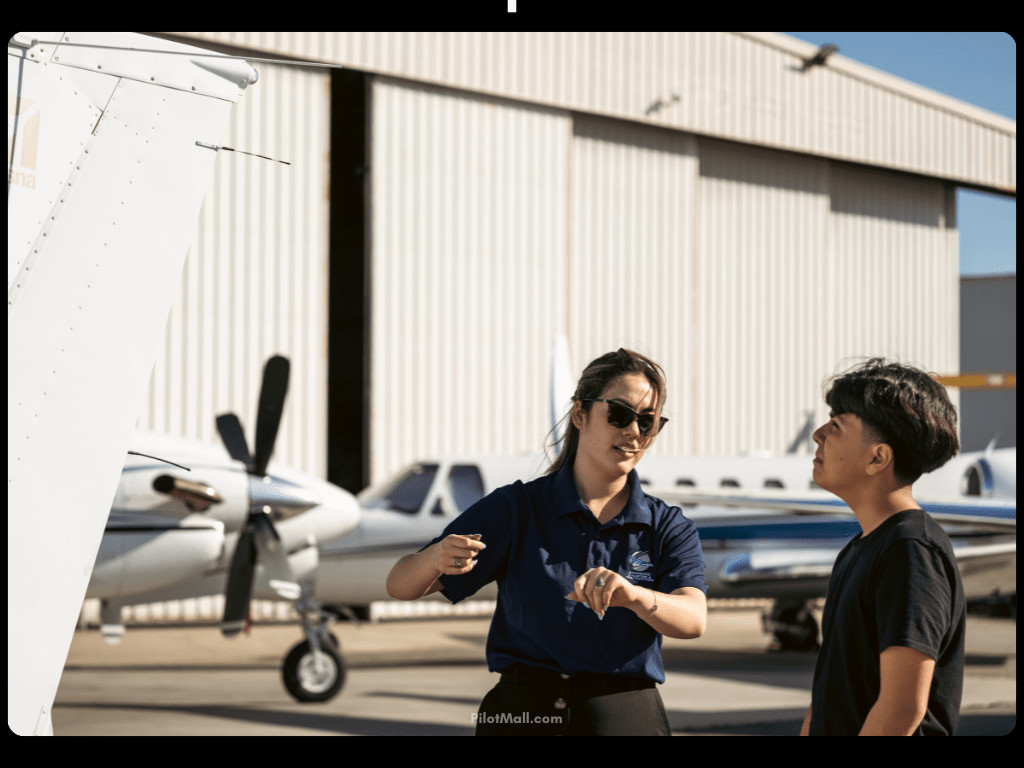 Flight Instructor Teaching Student in Cockpit
Flight Instructor Teaching Student in Cockpit
Stage 3: Conscious Competence
As we approach the completion of our flight training, pass our written exams, and begin solo flights, we will have absorbed the necessary materials and mastered the skills required to fly a plane.
It still demands our full attention, effort, and focus, but when we consciously concentrate on applying our skills, we are indeed competent.
Expect to be in this stage when you undertake your checkride and earn your pilot’s license. If you were to ask us at this stage how hard it is to fly a plane, we might still say it’s somewhat challenging, but we would also be confident in our abilities.
Stage 4: Unconscious Competence
The final stage of learning – a kind of ultimate goal – is one that not every pilot reaches in all aspects of flying. Unconscious competence is reserved for those skills that you have trained on, practiced, and executed so frequently that you can perform them instinctively without conscious thought.
A skill that you initially didn’t even know you needed to learn has not only been mastered but refined to the point where it becomes almost automatic. It feels natural and effortless. In these moments, flying a plane feels easy.
By the time you reach unconscious competence, you might almost forget the complexities of all the skills you are using and the knowledge you are drawing upon. It’s not that flying a plane has actually become easier; it’s that you’ve become more proficient, so you perceive it as being easier.
Factors Influencing Flight Difficulty
We’ve already discussed how your training and experience levels influence your perception of the difficulty of flying a plane. Now, let’s delve into how the conditions and specific details of each flight affect the challenge or ease of piloting.
You might have a flight one day and find flying the plane easy, and then have another flight the next day and find it challenging. While your experience level is essentially the same from one day to the next, what causes this shift in your perception of difficulty? The answer lies in the flight conditions.
The type of aircraft you are flying, the weather conditions, the flight plan, and the airport—all these elements and more contribute to determining how hard it is to fly a plane on any given day.
Type of Plane
The most common training aircraft for student pilots are specifically designed with flight characteristics that make them easier to handle. They are generally more responsive, possess greater stability, and are more forgiving of minor pilot errors.
Common examples include the Cessna 150 and 152, the Piper PA-28 Cherokee, and the most popular and widely produced aircraft: the Cessna 172. When you transition from one of these aircraft to one with more demanding flight characteristics, the new aircraft will likely seem harder to fly.
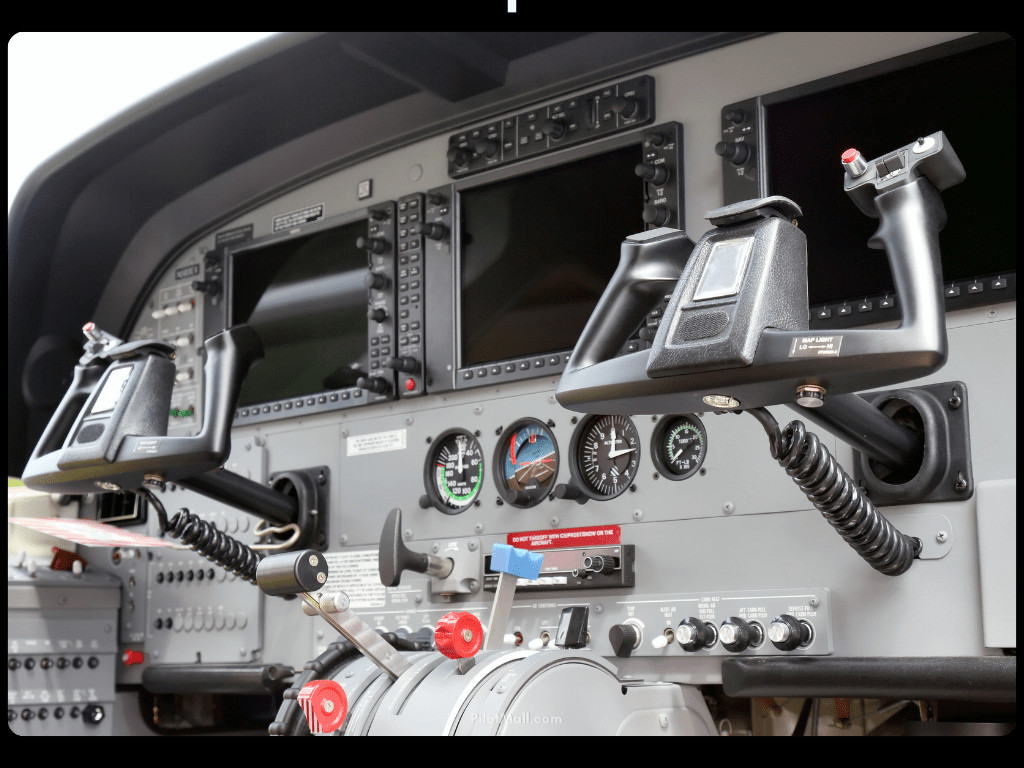 Close Up of Aircraft Instruments in Cockpit
Close Up of Aircraft Instruments in Cockpit
Weather
When a prospective young pilot asked on Yahoo Answers, “How hard is it to learn to fly a plane?”, the most popular response came from lludwig39, who stated:
“Virtually anyone can learn to fly a plane, if you consider taking off and landing on a clear blue day at 75 degrees “flying a plane.”
“Just as driving a car is more challenging on ice or snow, so is flying a plane in weather. Any kid, with a Nintendo, can be put in the back seat of an F-15E at 10,000 feet and he could immediately bank, roll climb dive with no trouble at all. That’s the easy part, … but to fly any aircraft through weather, emergency situations, etc requires a great deal more training and experience.”
This effectively summarizes the impact of weather. Flying a plane in clear, calm, ideal weather is significantly easier than flying in turbulent, low-visibility conditions with strong crosswinds.
If you base your assessment of difficulty on optimal weather conditions, it’s considerably easier. Introduce unfavorable weather, and flying a plane becomes much harder.
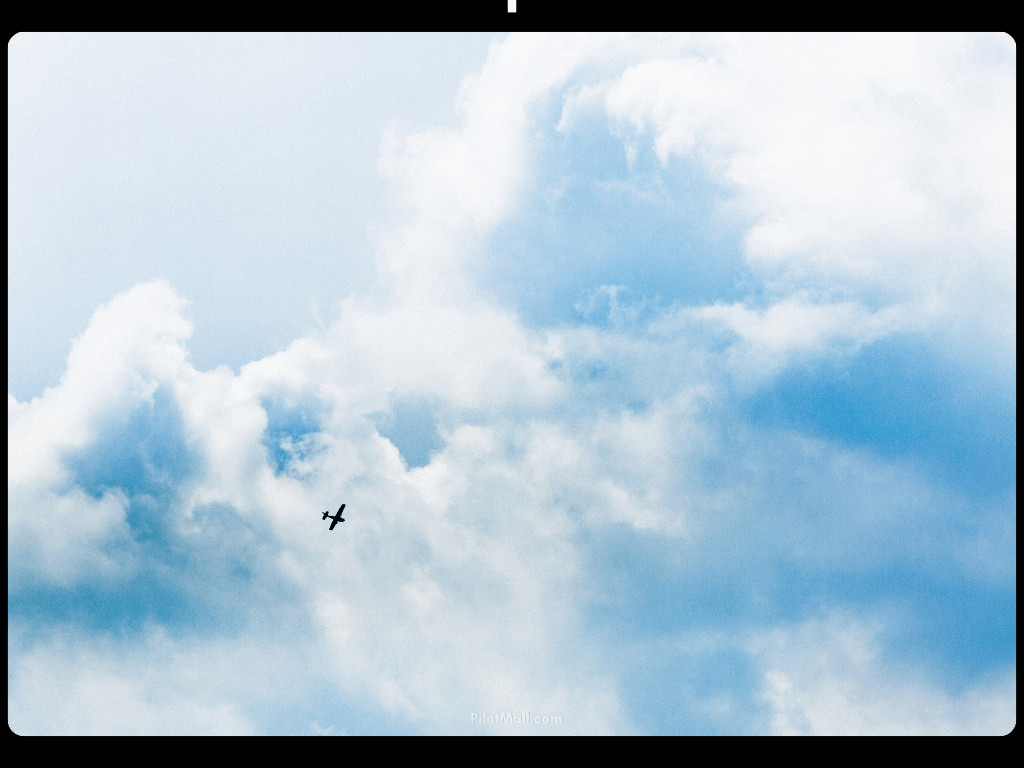 Plane Flying in Cloudy Weather
Plane Flying in Cloudy Weather
Flight Characteristics
There’s a common aviation adage that “altitude is safety.” If you were to take control of a plane at cruising altitude, flying would likely seem quite simple.
You could readily learn to maintain heading, altitude, and speed, knowing you have ample space below to manage any potential issues.
This scenario would be relatively low-stress. However, taking control at a lower altitude with more activity and less time and space to react would increase stress levels. You would likely perceive flying a plane as more difficult at this lower altitude.
Another factor is whether your flight path takes you through congested airspace and to large, complex airports, or if it remains within quiet, open airspace around a small, easily navigable local airport. This also significantly influences the perceived difficulty of your piloting experience.
Unique Challenges of Learning to Fly
It’s common to encounter pilots online who suggest that learning to fly is as straightforward as learning to drive a car. While these comments may be intended to be reassuring, it’s important to understand that flying a plane introduces a couple of crucial additional dimensions that are entirely absent in driving or learning most other skills.
Interacting with and Mastering the Third Dimension
When you learned to drive a car, your responsibility was operating in two dimensions: forward/backward and left/right movement.
You learned to select the appropriate gear and use the gas and brake pedals to control the car’s speed and prevent collisions.
Instructors emphasized keeping your hands at the “ten and two” position on the steering wheel. It was intuitive that turning the wheel left would turn the car left, and vice versa. You passed your test, demonstrating mastery of linear movement – not too challenging, right?
The key difference with flying a plane is the added responsibility of mastering movement in the vertical dimension. You’re no longer just navigating the X and Y axes; you must simultaneously manage the Z axis. Similar to juggling, this extra “ball” significantly increases the complexity and difficulty. You must keep all three “balls” in the air simultaneously, or the consequences could be severe.
Limited Margin for Error
None of us are born with innate mastery of all life’s necessary skills. We learn basic skills like rolling over, sitting up, crawling, and walking. Parents teach us to tie our shoes, and teachers guide us through reading and writing.
After mastering these fundamental life skills, many of us explore hobbies like sports, music, or crafts. In all these areas, we invest time and effort to progress from novice to competent.
However, most of these skills are not matters of life and death. We have considerable room for error because even spectacular failures are not fatal. How many times did you fall as a baby? How many wrong notes did you play in your school band?
Even elite Olympic athletes can fall during complex routines. A kicker can miss a game-winning field goal in the Super Bowl. These are “failures,” but the baby, the musician, the athlete, and the football player can learn from their mistakes and try again.
The consequences of failure are typically embarrassment, disappointment, or a lost opportunity. Minor injuries might occur, but nothing catastrophic.
Flying is different.
In response to the Quora question, “What makes flying a plane so difficult?,” pilot Andrew Hennigan aptly describes the limited margin for error in aviation.
He explains:
“Flying an airplane is not in itself an intrinsically difficult skill. What makes it appear difficult is the consequences of failure…
Suppose you are turning from the base leg to the final approach on landing and misjudge the speed. You stall so close to the ground there is no hope of recovery. Your best outcome in this case is serious injury. More likely you die…
The severe consequences of failure are what make flying more challenging than most other human activities. You need to develop a new mindset based on certainties.
In flying there is no try; you have to be sure all the time…
You can’t just take off and see if there is enough fuel to get to the destination. You have to calculate the fuel burn, check the tanks and factor in a safety margin…
There is very little margin for error because many errors will kill you. This means that, while anyone who can drive could probably master the manual skills needed to fly a plane, not everyone has what it takes to be the pilot in command or sole pilot of an aircraft…
In flying even the most average pilot has to succeed with every takeoff, every landing and all the stuff in between.”
As Hennigan emphasizes, the challenge in flying isn’t solely about learning the skills and procedures to get a pilot’s license. It’s also about consistently applying that knowledge and executing those skills flawlessly every time, because failure can have fatal consequences.
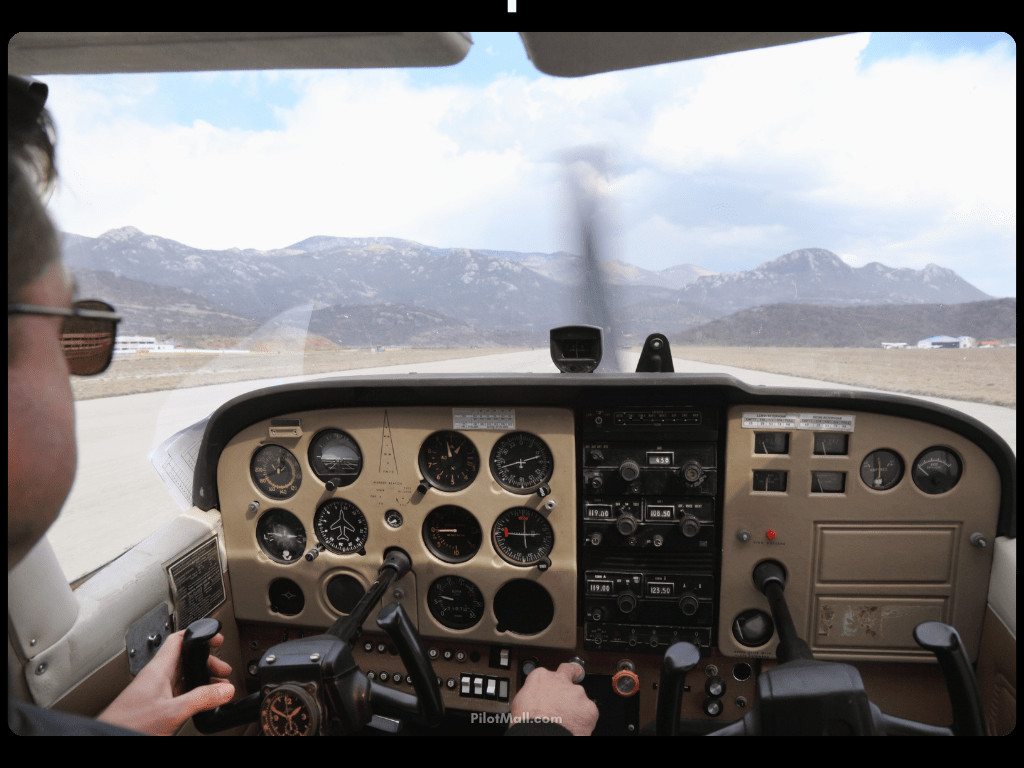 Pilot in Cockpit Preparing for Takeoff
Pilot in Cockpit Preparing for Takeoff
The Most Challenging Aspect of Flying
“Okay, I get it,” you might say. “The difficulty of flying a plane depends on training, experience, aircraft type, weather, and flight conditions. I understand how the third dimension and the small margin for error make flying harder than other activities. But what do pilots consider the hardest part of flying a plane?”
Ask almost any pilot, “What’s the hardest part of flying a plane?”, and most will emphatically answer “landings.” While managing multiple tasks in the cockpit is also challenging, if they had to choose a single skill that’s the hardest to perfect, it would be landings.
Perhaps it’s no coincidence that landings are where mastering the third dimension and operating within a narrow margin of error are most critical.
There’s a reason pilots often jokingly describe a good landing as “any landing you can walk away from,” and a great landing as “one where the aircraft can be reused.”
Numerous variables must align perfectly for a successful landing. If your approach angle is off, your speed is incorrect, or you encounter unexpected crosswinds, your landing can be compromised. The good news is that instructors teach go-arounds for this very reason.
Experienced pilots will remind you that it’s called an “approach” to landing for a reason. You set up, follow procedures as if you’re going to land, but always consider it just an approach. If anything is not right, don’t force the landing.
It’s always better to execute a go-around than to attempt to muscle through a landing when the aircraft isn’t properly set up.
Landings are not easy, but that’s what training is for. Your instructor will teach you how to land a plane and how to properly use aircraft brakes. They won’t endorse you for solo flight until they are confident in your ability to perform consistently safe landings.
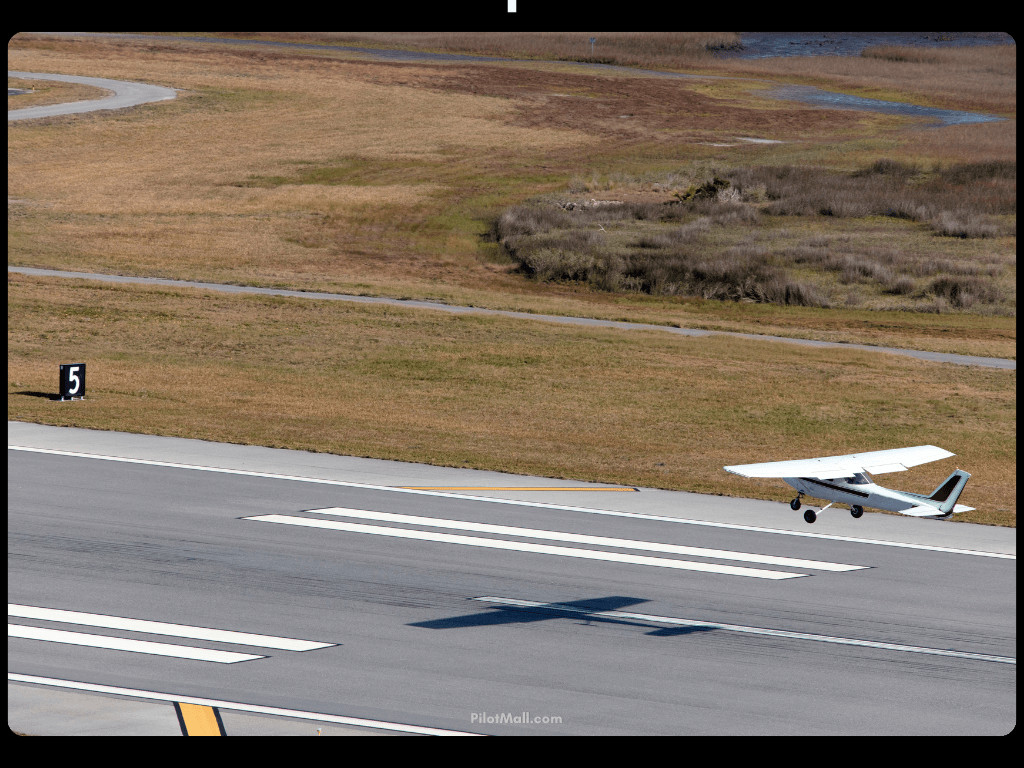 Small Airplane Landing on Runway
Small Airplane Landing on Runway
Frequently Asked Questions
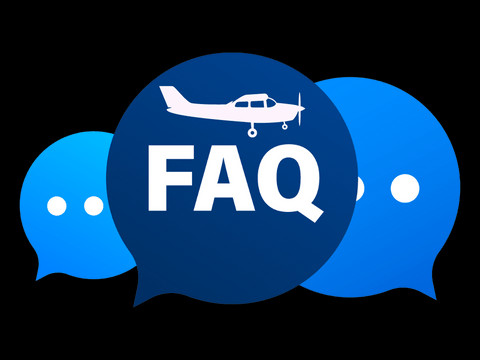 Frequently Asked Questions Heading Graphic
Frequently Asked Questions Heading Graphic
– How hard is it to fly a commercial plane?
As a pilot’s skill and experience grow, they generally find operating the aircraft they are rated in becomes easier.
– What is the most difficult part of flying a plane?
The most challenging aspect of flying is typically landings. Following closely is maintaining safety awareness, such as resisting the urge to fly in adverse weather conditions due to schedule pressures.
– How long does it take to learn to fly a plane?
This varies based on the individual student pilot’s aptitude for understanding the material and proficiently performing tasks in the aircraft.
– Is it scary to fly on a plane for the first time?
Fear often stems from a lack of understanding and experience. Taking a discovery flight can increase knowledge and familiarity, alleviating fear of the unknown.
– Do you need a degree to be a pilot?
Currently, a degree is not mandatory for airline employment. However, having a degree can make an applicant more competitive compared to those without one. All pilots must still meet FAA requirements for an ATP certificate with the necessary flight hours.
– What are the easiest planes to fly?
Small general aviation aircraft, such as single-engine Cessnas and Pipers, are generally considered easier to fly.
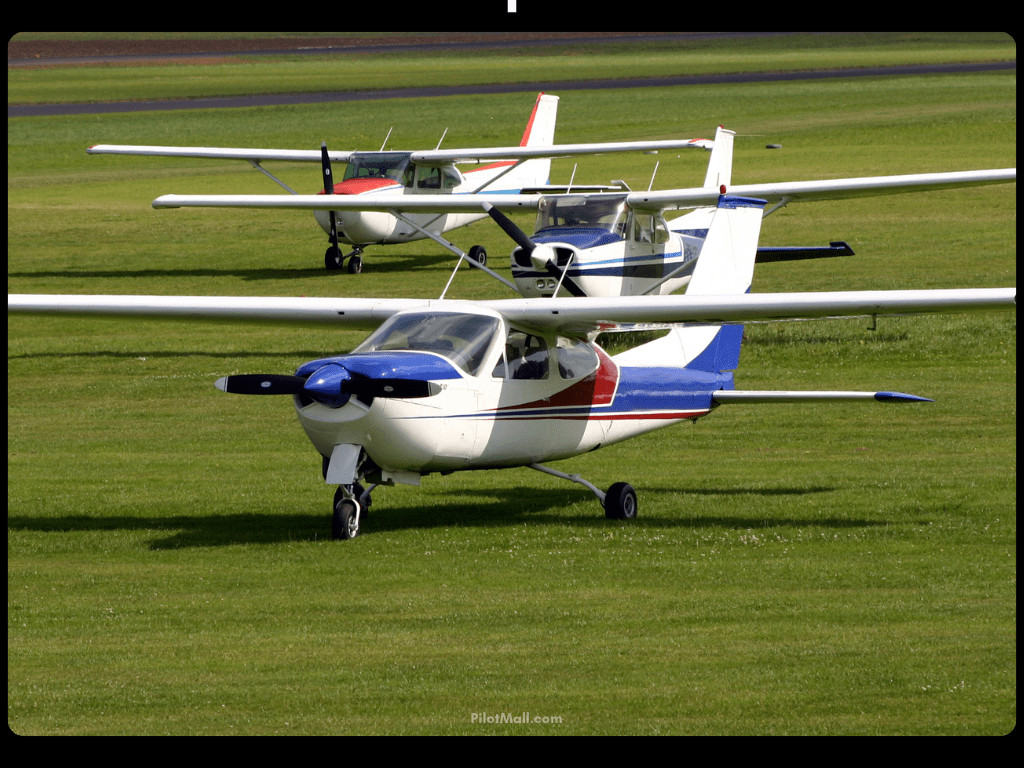 Three Cessna Airplanes Parked on Grass Field
Three Cessna Airplanes Parked on Grass Field
Final Thoughts
Often, the most rewarding things in life are also the most challenging. If you dream of becoming a pilot but are hesitant because you’re unsure if you can succeed or if flying a plane is too difficult, ask yourself why you have this dream. What motivates you? If your “why” is strong enough, it will empower you to persevere and learn everything required to become a pilot.
One day, when someone asks you, “Is it hard to fly a plane?”, you’ll be able to smile and say, “Landings can be a little tricky, but it’s really not that hard if you have the drive, passion, and dedication to learn.”
| 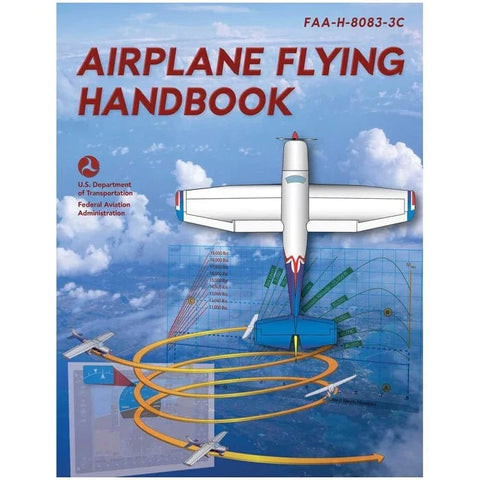 FAA Airplane Flying Handbook Cover |
FAA Airplane Flying Handbook Cover |
Airplane Flying Handbook
The FAA Airplane Flying Handbook is an essential resource for student pilots, experienced pilots, instructors, and aviation professionals. It provides comprehensive information on every fundamental topic in aviation, including ground operations, basic and advanced flight maneuvers, upset prevention and recovery techniques, night flying, and emergency procedures. |
|—|—|

